A Quick Intro to the Aliens of Defiance
- June 14th, 2015
- Posted in Resource . Supplemental
- Write comment
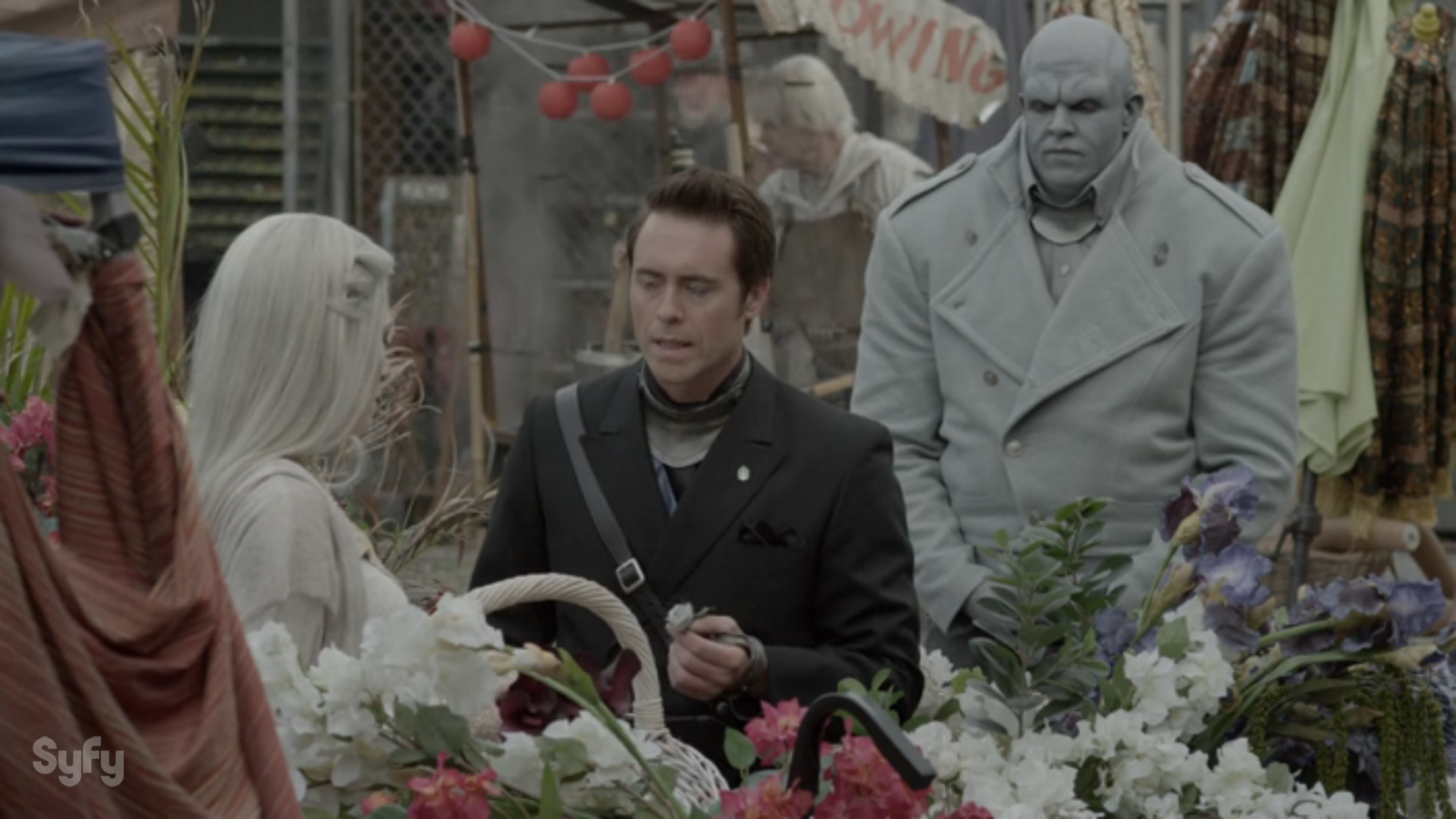 If you’re not into Defiance quite yet, but you’re wondering what the deal is, you’ve come to the right place. While the official site does indeed contain brief overviews, they’re a bit dated, and not as comprehensive as they could be. And after all, it’s the well-developed backstory that really gives Defiance its potential; it’d be a shame to bury it all. So, I’d like to take a moment to introduce any newcomers, or even those casual viewers wondering about the background of Defiance, to the various alien species we’ve come to know collectively as the Votan.
If you’re not into Defiance quite yet, but you’re wondering what the deal is, you’ve come to the right place. While the official site does indeed contain brief overviews, they’re a bit dated, and not as comprehensive as they could be. And after all, it’s the well-developed backstory that really gives Defiance its potential; it’d be a shame to bury it all. So, I’d like to take a moment to introduce any newcomers, or even those casual viewers wondering about the background of Defiance, to the various alien species we’ve come to know collectively as the Votan.
UPDATED: Season 3 Information added!
Before we can talk about each species specifically, let’s take a look at how they came to arrive at Earth as a whole. The one thing that all the races in Defiance have in common is that they all evolved in the Votanis binary star system, across several different planets. When the Indogenes detected a rogue star about 5,000 years ago, they determined that it would disrupt the entire system, meaning all races were faced with extinction. The only choice was to flee the system, and so they set off for a world that, at the time, had no evidence of intelligent life on it. Then when they showed up around 2013, they discovered that humans had taken over the planet in the interim. Whoops. The major government representing the Votans is called the Votanis Collective, often referred to as the VC (subtle, I know).
Irathients
The most common of the Votans on Earth are the Irathients. Hailing from the planet Irath (naturally), they’re very tribally oriented, with the main tribe we see referred to as the Spirit Riders. They kinda have the whole “noble savage” thing going on, which is a questionable choice given that this particular trope isn’t well regarded these days. There’s a spiritual aspect to everything that most of the other races seem to lack, and they have a particularly rough relationship with the Castithans. The Irathients also have a reputation as being “Typhoid Maries”, because they often act as carriers of disease without displaying symptoms. In spite of the spiritual/tribal aspect, they once had advanced technology, given Irisa’s visions of a starship from 5,000 years ago.
While most of the Votan races line up fairly well with traditional Fantasy stereotypes, the Irathients don’t have a clear parallel, probably coming closest to a Hobbit or Wood Elf, given the nature connection. The most notable Irathients on the show are Irisa and Sukar, but they also show up quite frequently in crowd shots.
Castithans
The next most common of the Votan races are the Castithans, although they seem to be more prominent in the city of Defiance. Castithans, as the name suggests, had a tightly caste-based society, which has made it particularly difficult for them to adjust to the new world. Alak’s problems with his father are just one example of the cultural divide between Castithans born on Earth and those from back home. Castithans are pale with white hair, with little variation in skin tone or hair color. Most of them are exceptionally attractive by human standards, and it’s apparently possible for humans and Castithans to interbreed, as evidenced by Alak and Christie’s baby Tarr. The Castithans originated on the planet Daribo, evolving alongside the similarly pale-skinned Indogene, but when terraforming tests managed to create a habitable world, they claimed it and called it Casti. It became a haven of the upper castes, with the only non-Castithans working as servants. As a result of this heavily caste-based culture, most of the Castithan survivors were members of the upper class, with a handful of exceptions. The Castithans seem to be responsible for a lot of the horrible events and practices in Votan history, even outside of their own race, as a result of their superiority complex.
The Castithans fill about half of the “Space Elf” role on Defiance. They have the ethereal beauty, the rigid codes, and the general distaste for the other races down. The most prominent Castithans on the show are the Tarr family–Datak, Alak, and Stahma, although other Castithans working for them are seen fairly often.
Indogene
The last of the “major” Votan races are the Indogene, the most technologically advanced and the ones who initiated the Ark project in the first place. Coming from Daribo as well, Indogenes are similarly pale in coloration, hairless and with scaly skin that can have variable patterns. Males and females have little distinction. They’re also cyborgs, with numerous implants and biomechanical replacements, although this isn’t always obvious in the show. In season 3, it’s been stated that their cybernetic nature isn’t something that they did to themselves, but rather is the way they always were; it’s implied they were created by another race, the Omec, for purposes that are as of yet unknown, but their skin and organs can be harvested to heal Omec physiology. The Indogenes have a reputation for possessing a strong work ethic and are almost universally seen as scientists or doctors. Despite the fact that they effectively saved everyone, there are very few Indogene shown on screen. This could be due to the majority of Indogenes dying when the Arks exploded, whereas the other races had mostly been unfrozen by that point. It’s also said that they used cold logic to decide who survived, sending only the best of the best. As a whole, Indogenes don’t seem to have many ethical concerns, taking the blame for some of the worst atrocities during the Pale Wars, but individual Indogene can and do.
The Indogenes make up the other half of the “Space Elf” role, claiming the scholarly prowess, proficiency with technology, and an aversion to violence. The only real Indogene character on the show is Doc Yewll, who has a sardonic wit that may or may not be shared by others of her kind. A few others show up in important roles, although elaborating would be spoilers.
Liberata
Next we have the more minor species, who are mostly minor only because none of the main characters belong to them. First among these are the Liberata, short in stature and not particularly attractive by human standards. Once powerful businessmen and warriors, they were conquered by the Castithans in the distant past, and became servants as penance. It’s a frightening concept because it actually seems to have worked–the Liberata are said to practically enjoy their servitude, and somehow maintain a prideful behavior regarding their work. Worse still, as a result of this drastic loss of power, incredibly few of them made it to Earth, and the ones that did were typically only allowed as a result of the power of their Castithan masters. They evolved on Irath, alongside the Irathients, and apparently breathe nitrogen.
The Liberata clearly map onto the conventional Dwarf archetype, with their height, their greed, and their conflict-riddled past with the Castithans. Liberata males and females are even hard to distinguish because, like Dwarves, both sexes maintain lots of facial hair. There have only been two named Liberata so far–Jered, the former bartender from season 1, and Bertie, Rafe’s servant in season 2. Supposedly, they have a reputation for grumpiness, but Bertie’s attitude certainly didn’t qualify.
There will be at least one new Liberata appearing in season 3, although in what capacity remains to be seen.
Sensoths
The final species from Irath are the Sensoths: tall, apelike beings that hardly seem to speak. Their name is derived from sloths, with which they share a lot of behavioral cues. They’re slow-moving, slow-speaking, and long-lived. Like the Liberata, whom they vaguely resemble due to the large amounts of body and facial hair, they were enslaved by the Castithans, but without even the excuse of “penance” as justification. Presumably they’re in a similar position to the Liberata in terms of rarity, with few having made it to Earth. We know almost nothing about them as a result.
Since we don’t know much, they’re hard to compare to an existing Fantasy archetype. The only thing I’d suggest matching them to is the generic beastman. There’s one named Sensoth that showed up regularly called Raiga, who worked for the Tarrs. He’s fiercely protective and quite loyal, but his lethargic tendencies can be grating for them.
Gulanee
There’s also a rarely seen non-humanoid species: the Gulanee. They look a lot like the standard “energy being”, but as natives of a gas giant called Gula, they’re presumably lightweight and at least partially gaseous creatures that lack recognizable sexes. No one even knew they existed until the Indogene went off looking for fuel, where they discovered the Gulanee and a particularly powerful material called Gulanite, which is what the McCawley mines are built to extract. They struck a deal to provide fuel if a few Gulanee could be allowed on board, so they’re by far the rarest of the Votans. Because of their nature, they require a complex “encounter suit,” originally designed for them by the Indogene, to interact with most objects and the other races. The encounter suits were modified into formidable weapons during the Pale Wars.
Given that they were native to a gas giant, it seems like they’d be better off living on Jupiter or Saturn, and given that no one’s certain what happened to most of them, it’s entirely possible that some are. The Gulanee made their first appearance on TV in season 2 episode 6, “This Woman’s Work.”
Volge
The Volge are the last species from the Votan system, found on yet another planet called Omec. They were deliberately left out of the Ark project, and yet somehow made it to Earth anyway; we still don’t know how. The Volge seem to be completely evil and without redemption, however they’re not unintelligent; they possess mechanical exoskeletons and energy weapons. Due to this fact, it’s impossible to know what sex a Volge is, or even if they have sexes. They’re very tall and imposing, and serve as the generic villain lurking in the shadows. They seem content to just hide out in caves for the most part.
Given their unabashedly evil nature, the Volge are essentially space Orcs. So far, they’ve only appeared during the pilot as a threat that forced everyone to work together, although a hallucinatory Volge appeared later on. Their simplistic nature is a bit disappointing, really; I’d welcome the chance for a more nuanced portrayal of them.
Biomen
But there’s one more unusual group running around the world of Defiance: the Biomen. Designed as weapons to fight in a potential invasion scenario, the Biomen are genetically engineered humans with a serious anger problem. So far as has been shown, they’re all male, or at least masculine. They seem to be named after historical leaders, with the first Bioman we see called Ulysses (after Ulysses S. Grant, former President) and the second Churchill (as in WW2-era British Prime Minister), in the service of Pottinger. With the war over, they don’t have much to do and are kind of hated by everyone. Their bluish skin and extreme musculature make them stand out, and those that have managed to get by in society seem to act primarily as bodyguards. So far, they’ve been shown as fairly simple and gentle, meeting even the weakest displays of kindness with intense loyalty. Personally, I find their plight an interesting one, and I think it could lead to some interesting plotlines if explored properly.
There will be at least a few more Biomen showing up in season 3.
Omec
Season 3 brings a new species of aliens to the world: the Omec. They have purplish skin and lots of very sharp teeth. The Omec, according to the official site, were the overlords of all the other species. Other news sources indicate there are very few Omec left, and it seems their stint as overlords was long before the time the series takes place. They were apparently conquered by the Volge at some point (hence Omec being listed as the Volge’s homeworld), which may explain why they haven’t been worth mentioning until now. They’re also described as a race of warriors, which kind of gives this whole thing a “Romans falling to the Barbarians” vibe. The main Omec character is named T’evgin and is described as the king of the Omec, while his daughter, named Kindzi, is the second in command. Everyone thought they had gone extinct, and yet… here they are.
In the premiere, we learned that their planet had an extremely elliptical orbit, which only brought them close to the other worlds once every 76 years or so. These “deadly harvests” were mythologized by the other Votan, casting the Omec as demons who would come to take them away in the night. They also actually eat the other Votan species, although this can’t possibly be their primary food source. As such, they were not part of the Ark project and weren’t evacuated alongside the others; they arrived in their own starship to Earth only recently, and many more of their kind remain in orbit, waiting to be awakened…
Additionally, there’s a very brief reference on the site, in the map section discussing France, of a group of machines called the Scrappers that try to “preserve” life, built from the wreckage of Votan ships and operated by a malfunctioning AI that once ran the Ark. Sound familiar? They’re apparently enemies in the game, so perhaps there’s more info out there about them already.






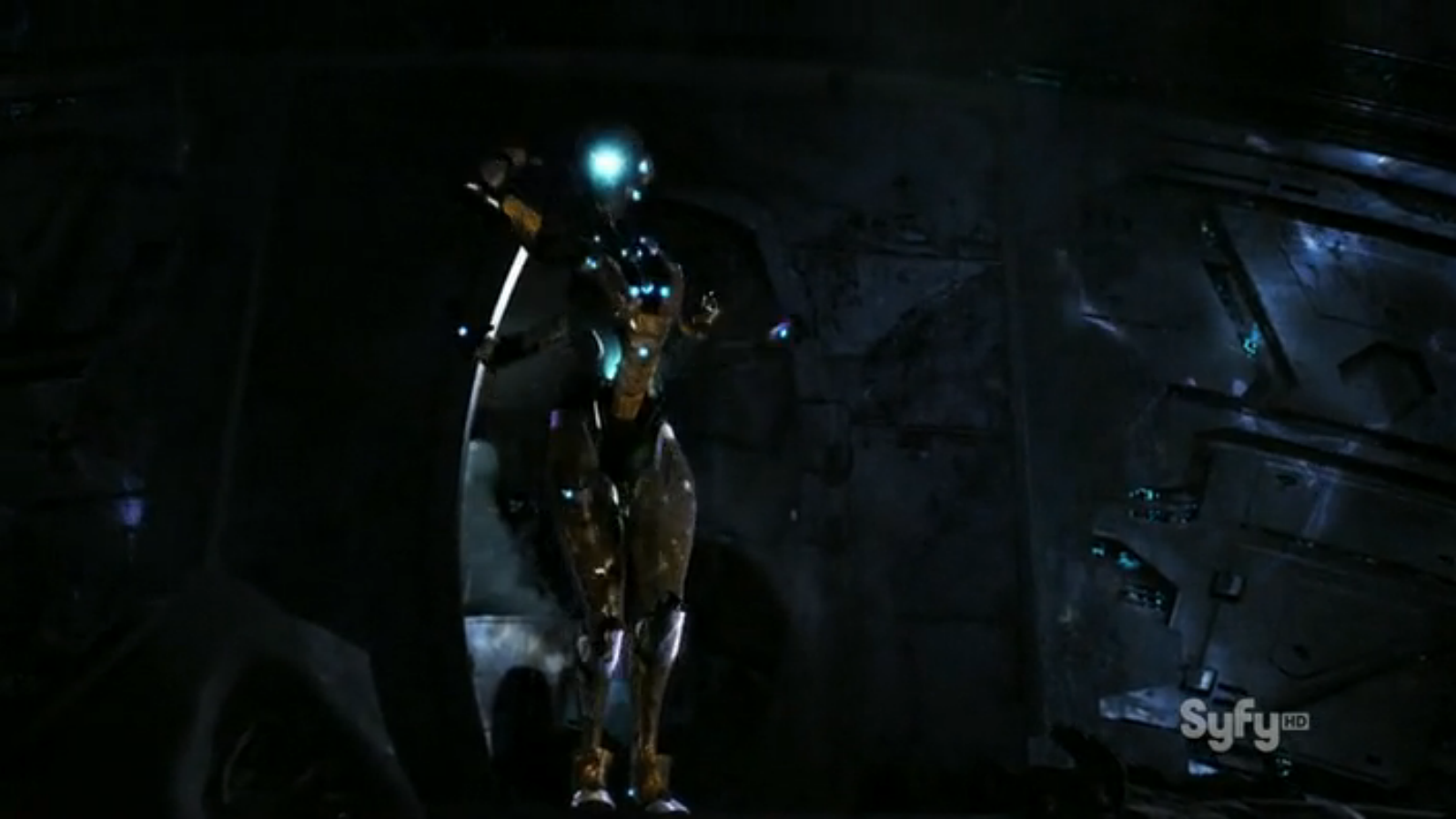



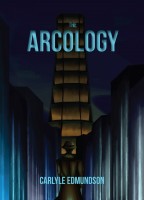
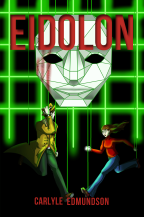
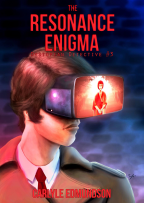
No comments yet.